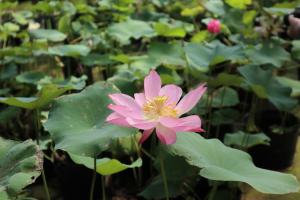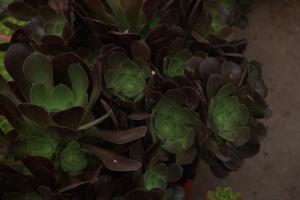Introduction to Jianlan
Jianlan, also known as sijilan, xionglan, junhelan, etc., is a terrestrial plant, widely distributed in various countries in South and Southeast Asia, reaching Japan in the north. It likes to grow in the environment with high air humidity and air circulation. It generally grows in the hillside stone walls in deep valleys and mountains, or in the inclined slopes or stone gaps, or in the shade of miscellaneous trees
Jianlan likes shade, can not be directly exposed to sunlight, and is not resistant to drying. The suitable growth temperature is 15-30 ℃, and above 35 ℃ is not conducive to the healthy growth of Jianlan. Jianlan has low requirements for soil, but it is better to use sandy soil rich in humus to ensure good drainage and ventilation conditions

Propagation techniques of Cymbidium
1、 The propagation mode of Jianlan is ramet propagation. Ramet propagation can be carried out in spring and autumn, and once every three years
2、 When splitting, we should choose Jianlan plants with strong growth and dense pseudobulbs, and reduce irrigation before splitting
3、 When putting into the pot after splitting, first cover the broken tiles on the hole at the bottom of the pot, then lay coarse stones, accounting for about one-fifth to one-quarter of the depth of the pot, then put coarse granular soil or a small amount of fine soil, and then plant with sandy soil rich in replication value, so that the pseudobulb is just buried in the soil. The edge of the pot should be reserved for two centimeters, and then lay fine stones or Cuiyun grass on it. Note that after ramet, at least 5 pseudobulbs connected together shall be retained in each clump
4、 Finally, pour water and put it in the shade for about 10 to 15 days. During this period, keep the soil moist. Then gradually reduce the amount of water and carry out normal maintenance

I hope the flower friends can maintain the healthy growth of Jianlan according to the propagation technology of Jianlan introduced by Xiaobian< span>

 how many times do yo...
how many times do yo... how many planted tre...
how many planted tre... how many pine trees ...
how many pine trees ... how many pecan trees...
how many pecan trees... how many plants comp...
how many plants comp... how many plants can ...
how many plants can ... how many plants and ...
how many plants and ... how many pepper plan...
how many pepper plan...






























